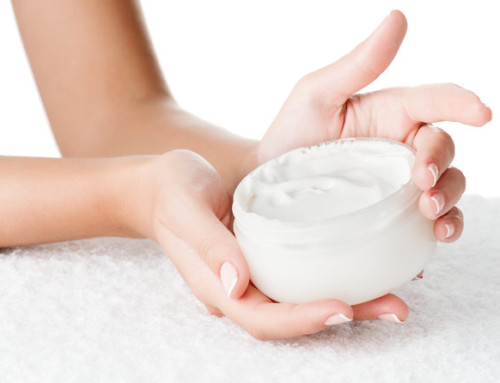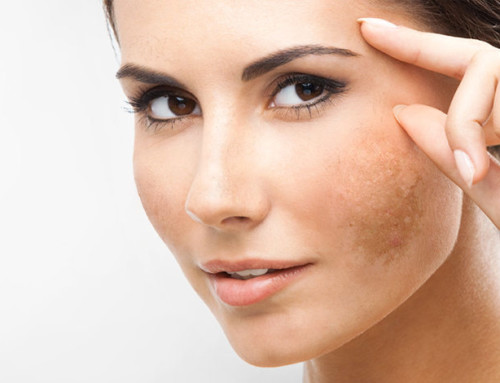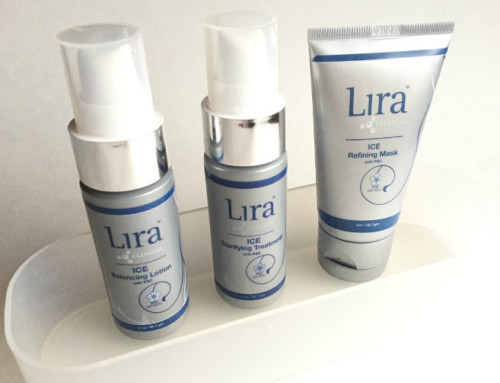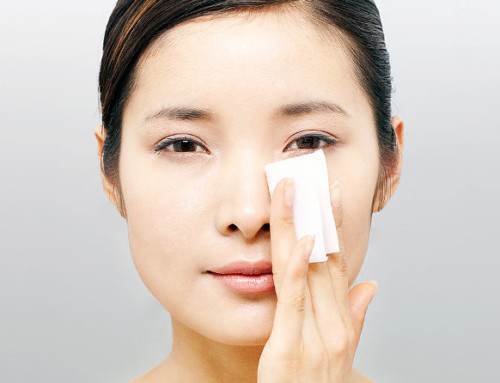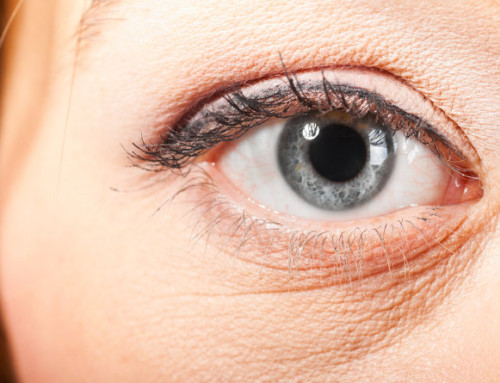A friend who enjoys learning about skincare asked me for clarification on the word “comedone.” She finds this word confusing. You too may have come across this word or a similar word, “comedogenic.” If you’re wondering “What is a comedone?,” here’s a quick primer on the term.
COMEDONE – the medical term for a CLOGGED PORE. A clog consists of Oil, Dead Skin, and Bacteria.
Blackheads are Open comedones. Whiteheads are Closed comedones. (See this post for differences between Blackheads and Whiteheads.)
Microcomedones are small, baby ones. The beginning stage of a clog. They grow into comedones.
Comedones can turn into pimples. And pimples can become acne cysts.
When you see the term COMEDOGENIC, it means: a tendency to cause clogged pores. (You can learn more about Comedogenic Ingredients here.)
Certain ingredients (or ingredient combinations) can clog pores more than others. And each of us has unique skin chemistry that causes us to react differently to ingredients.
SKIN TIP
To prevent comedones, make sure you’re using Salicylic Acid somewhere in your skincare routine.
The ideal products would be a cleanser, toner, or exfoliant that has SALICYLIC ACID.
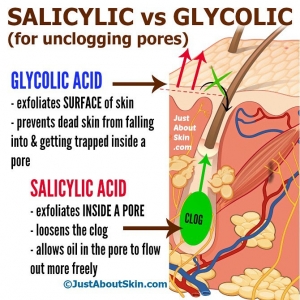 Your product can also have other acids (for example, AHA’s such as Glycolic Acid and Lactic Acid are popular). In fact, it likely will.
Your product can also have other acids (for example, AHA’s such as Glycolic Acid and Lactic Acid are popular). In fact, it likely will.
But Salicylic Acid is essential because it can reach deep inside a clogged pore. Its oil-soluble nature allows it to penetrate the sebum inside a pore. In contrast, AHA’s and other acids are water-soluble. So while they can exfoliate, they won’t be able to go inside the pore.
Because Salicylic Acid can penetrate a clog in a pore, it ends up exfoliating the skin along the pore walls and loosens the clog in the process.
Further Reading:
- Salicylic Acid vs Glycolic Acid for Unclogging Pores
- Chemical Exfoliating Ingredients (more about Salicylic Acid here)
- How to Treat Blackheads & Other Clogged Pores
- Whiteheads vs Blackheads
- Comedogenicity & Comedogenic Ingredients
Want articles & posts delivered straight to your inbox? Sign up for the weekly newsletter here.



